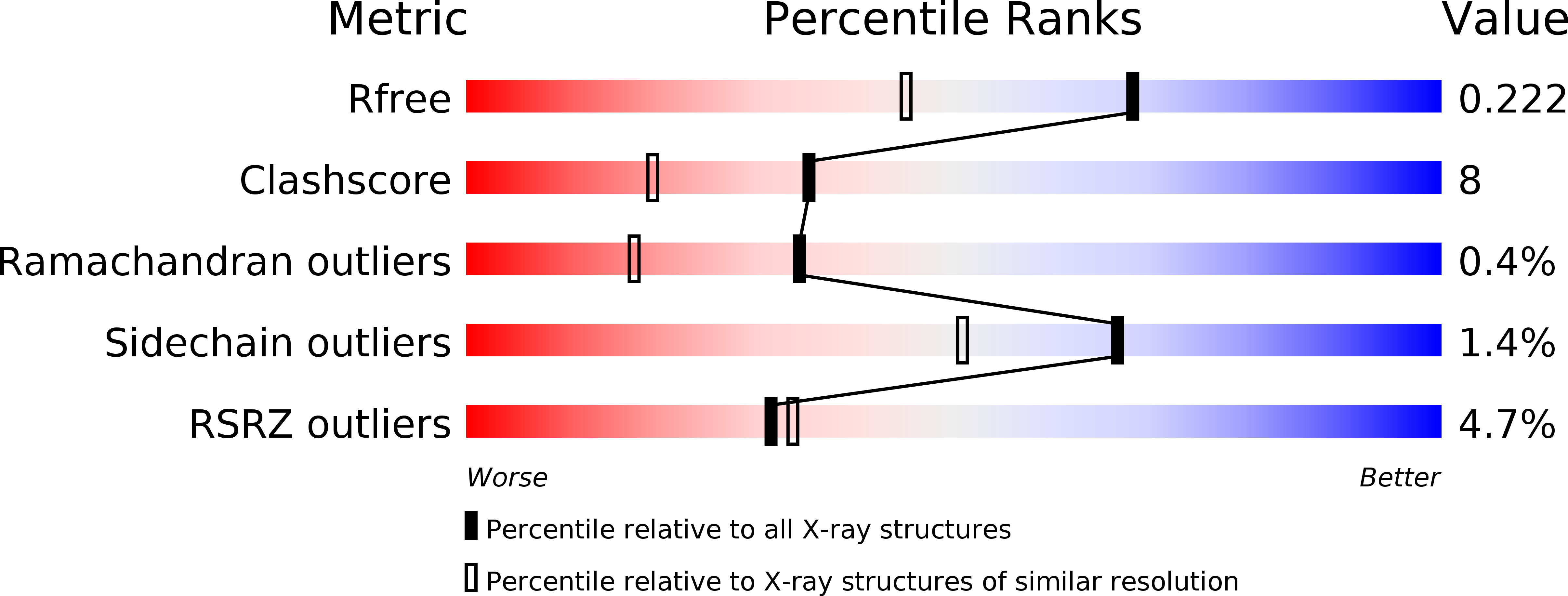
Deposition Date
2004-12-23
Release Date
2005-09-07
Last Version Date
2023-12-13
Entry Detail
PDB ID:
2BGI
Keywords:
Title:
X-Ray Structure of the Ferredoxin-NADP(H) Reductase from Rhodobacter capsulatus complexed with three molecules of the detergent n-heptyl- beta-D-thioglucoside at 1.7 Angstroms
Biological Source:
Source Organism:
RHODOBACTER CAPSULATUS (Taxon ID: 1061)
Host Organism:
Method Details:
Experimental Method:
Resolution:
1.68 Å
R-Value Free:
0.22
R-Value Work:
0.22
R-Value Observed:
0.22
Space Group:
P 31 2 1


